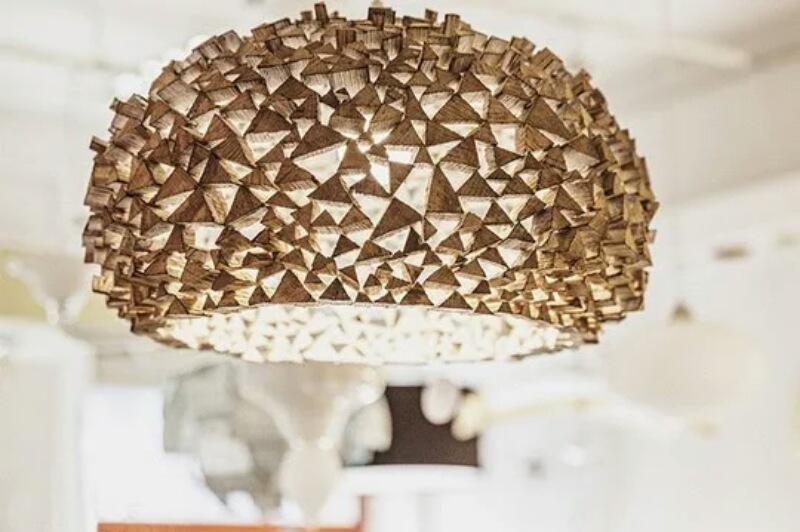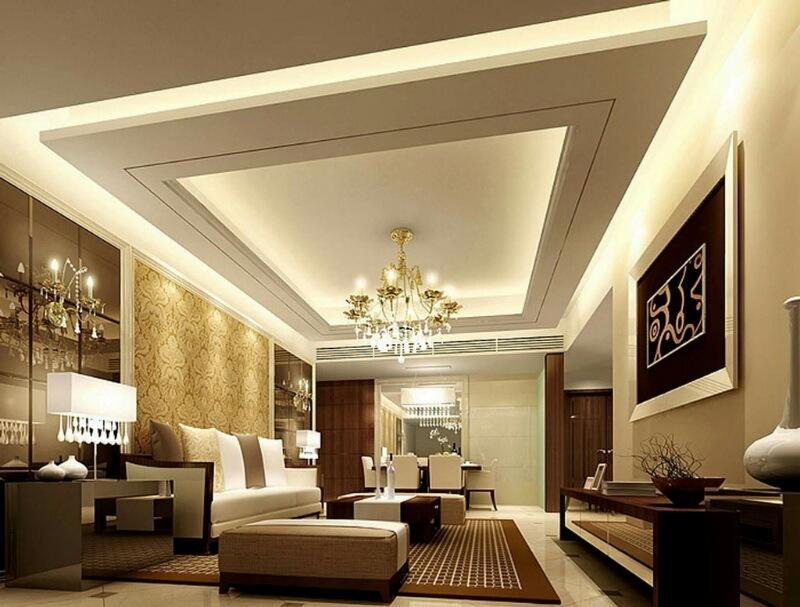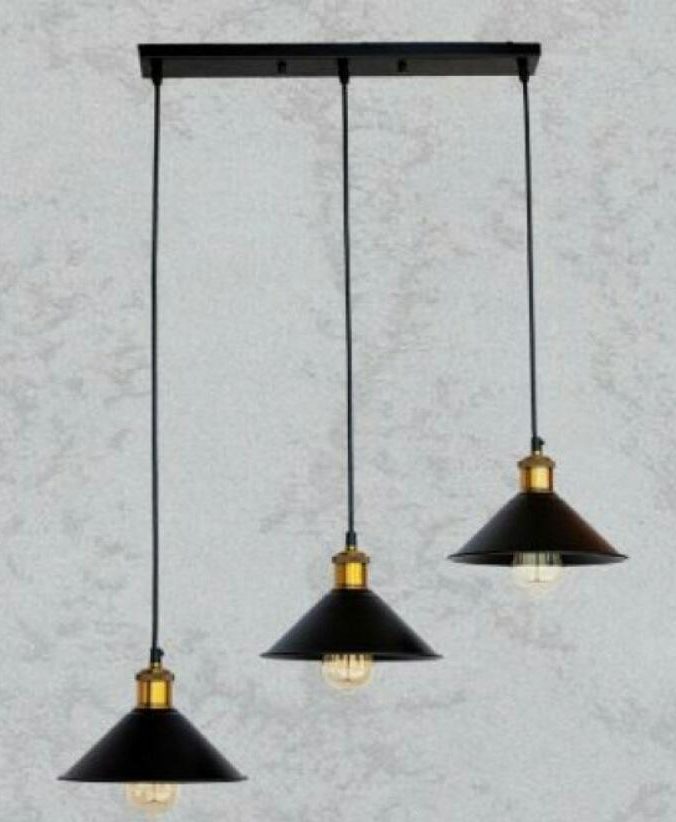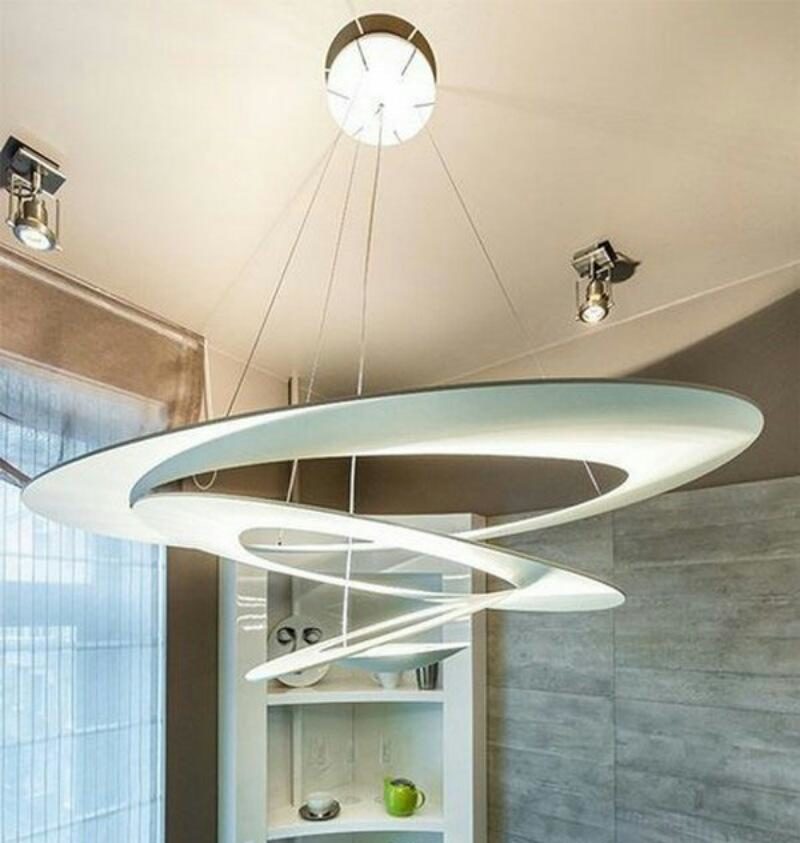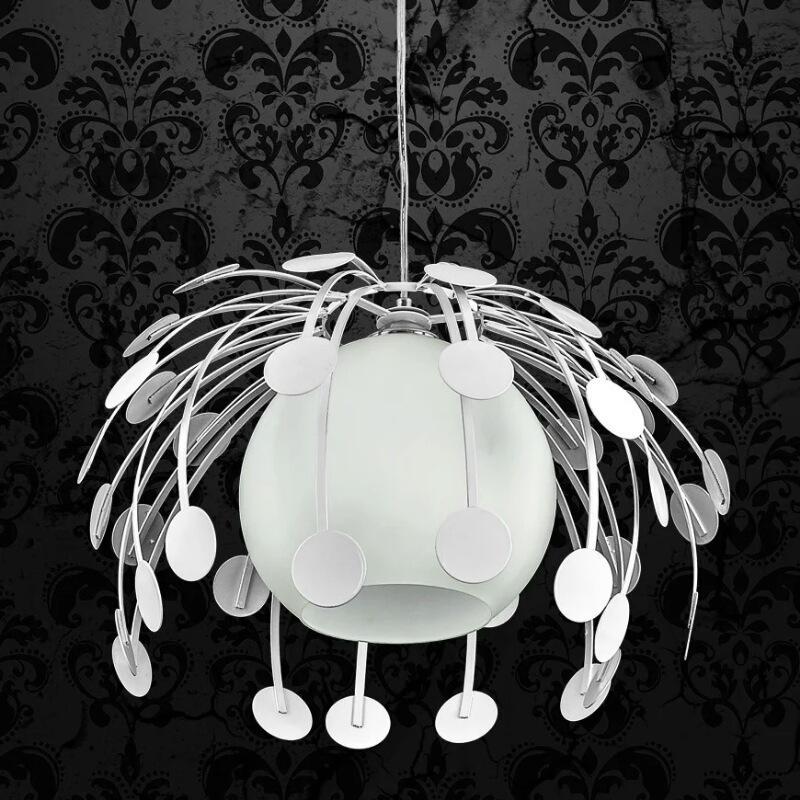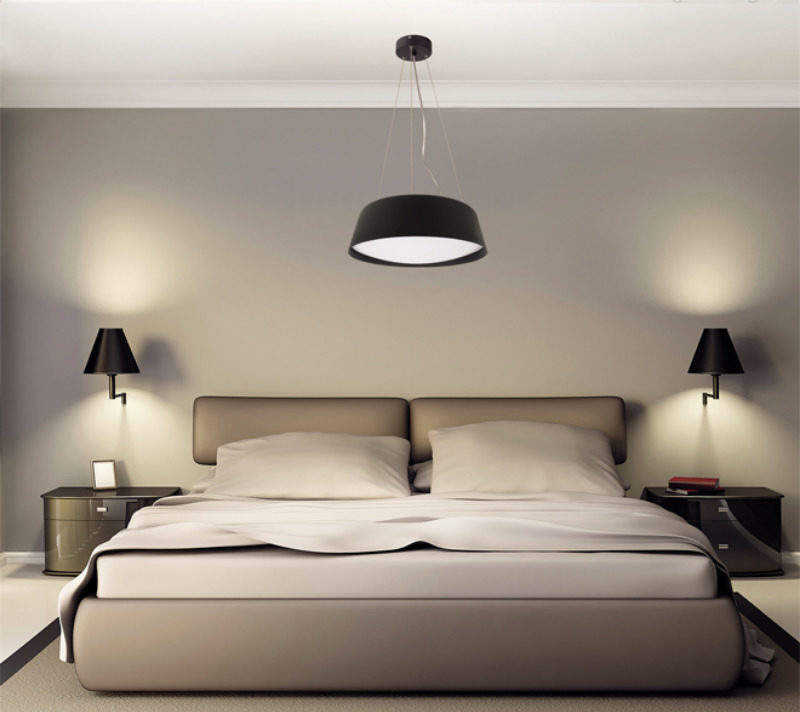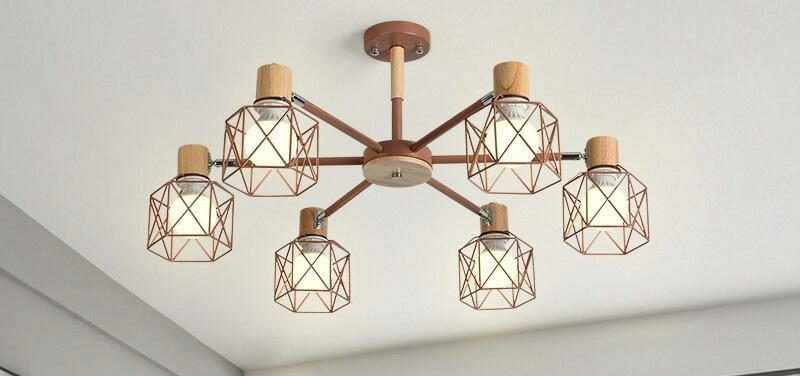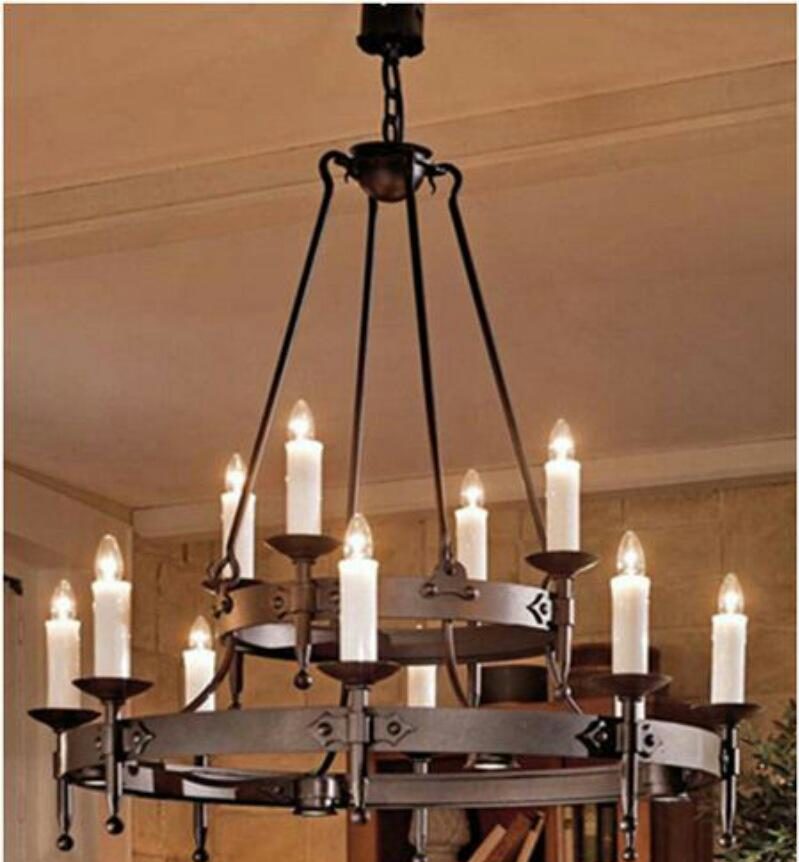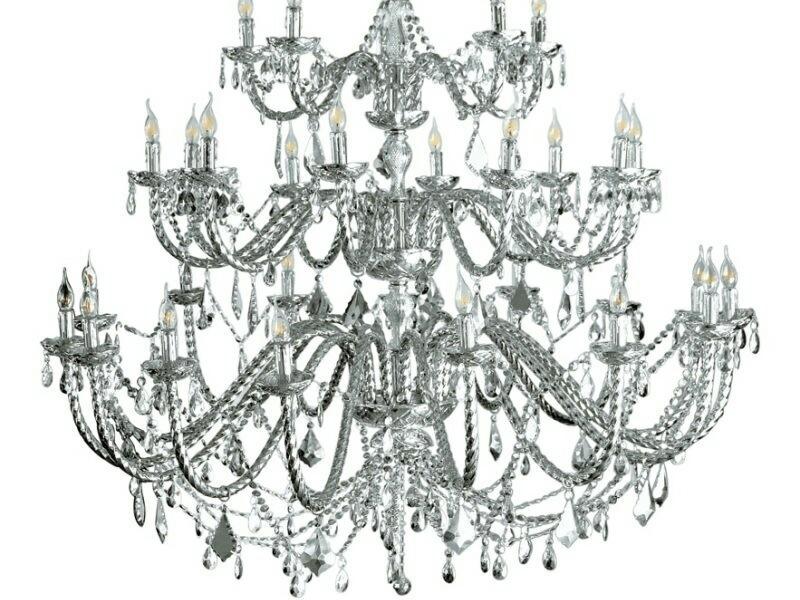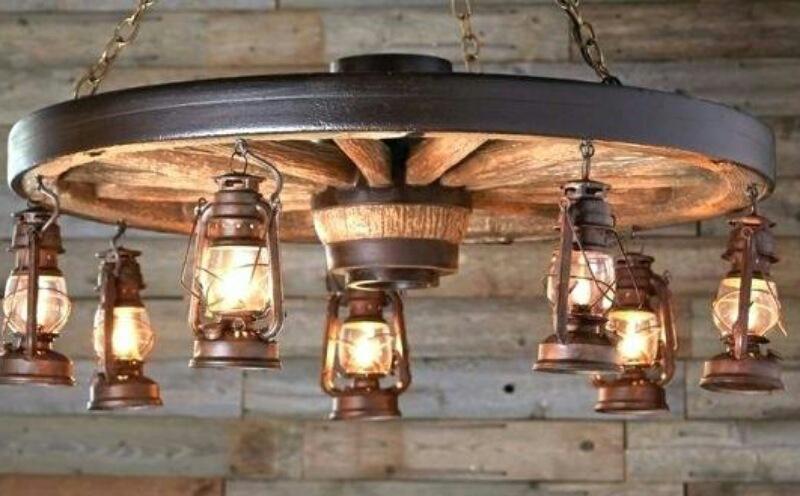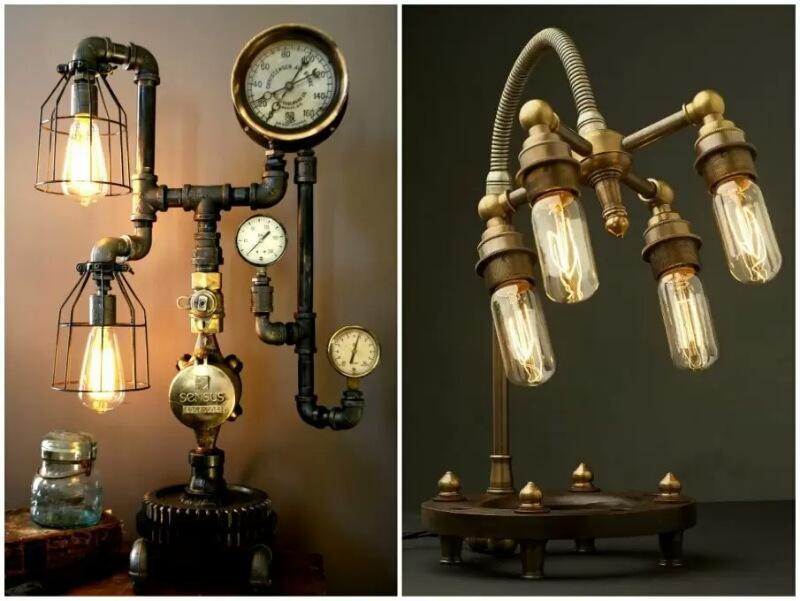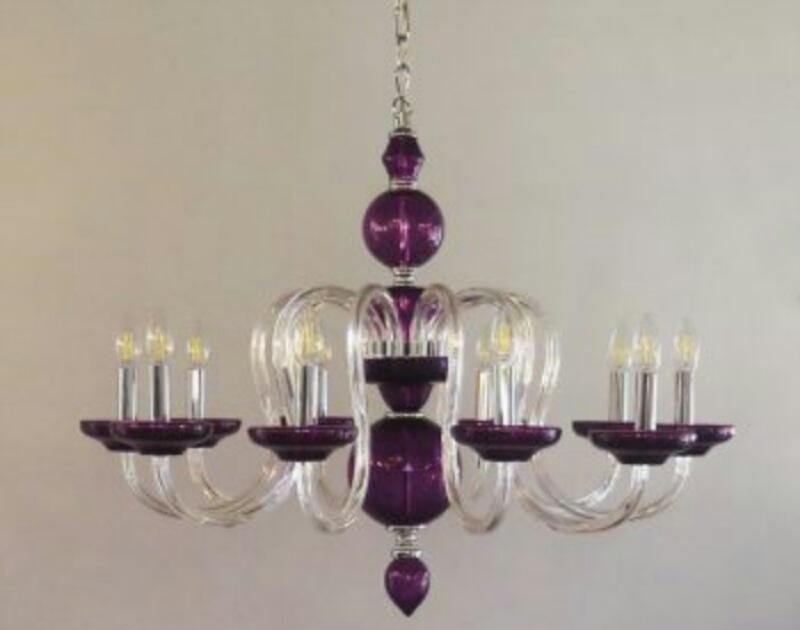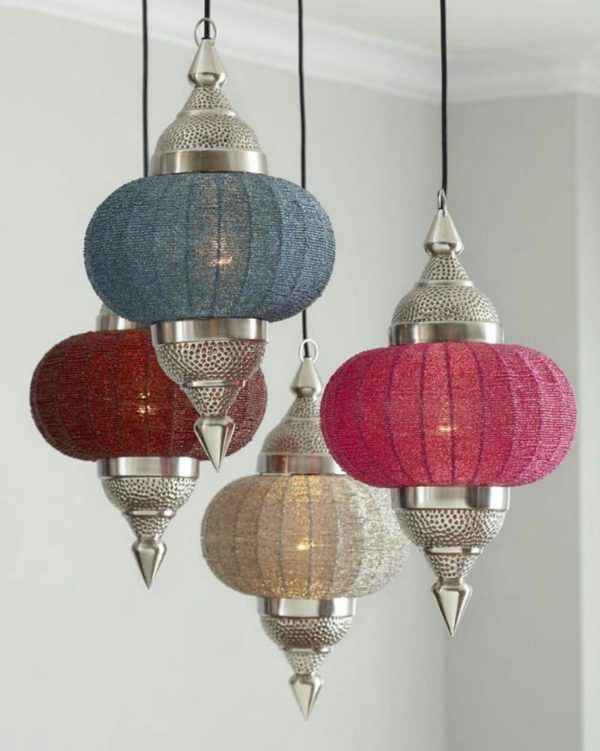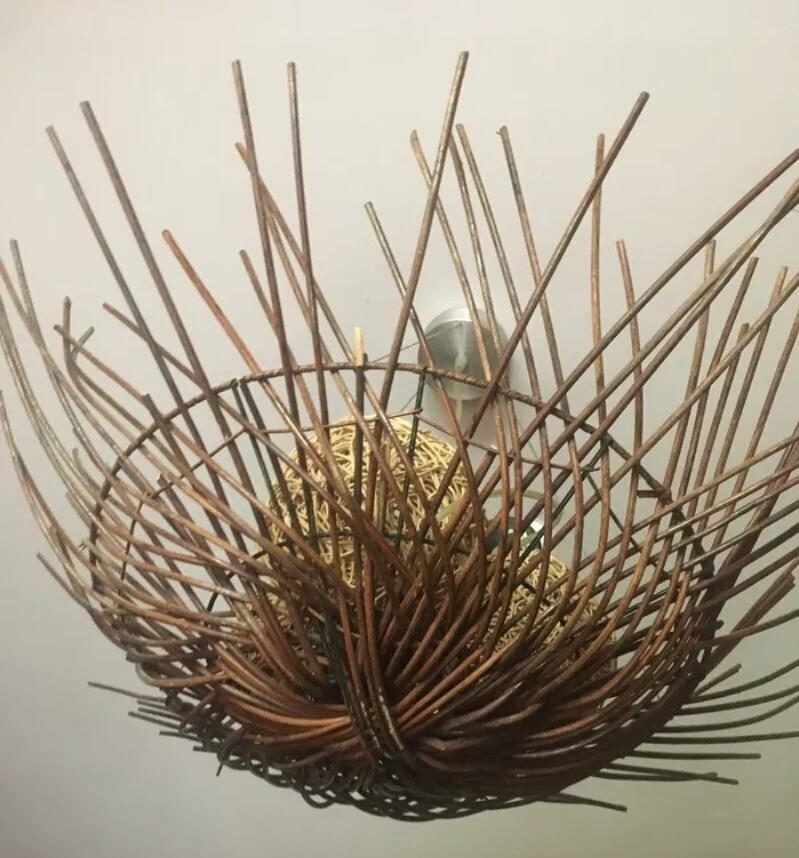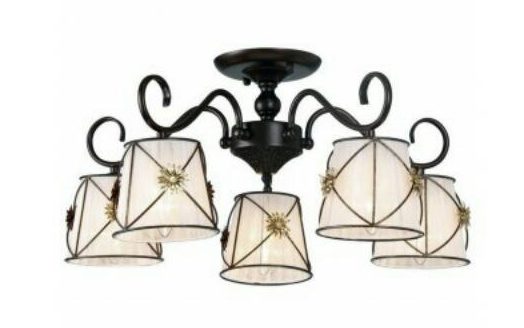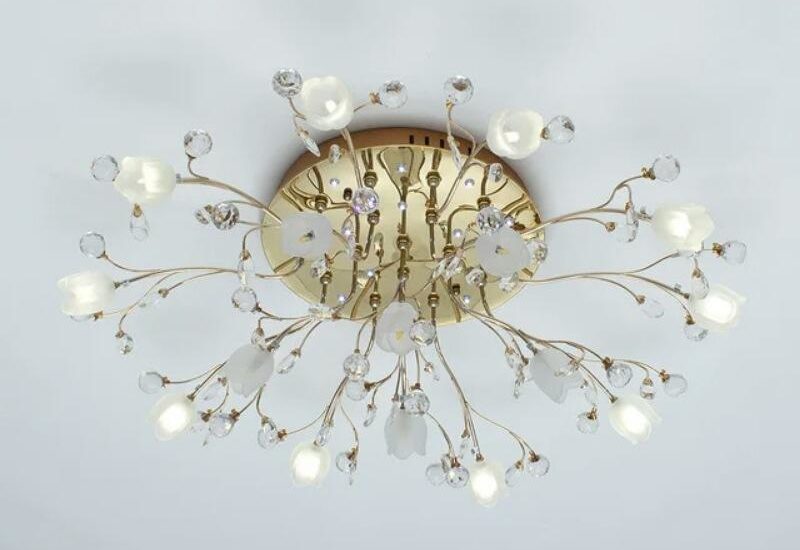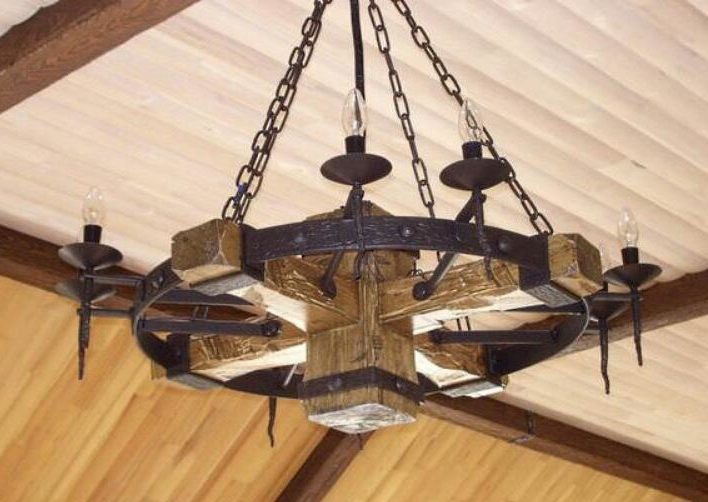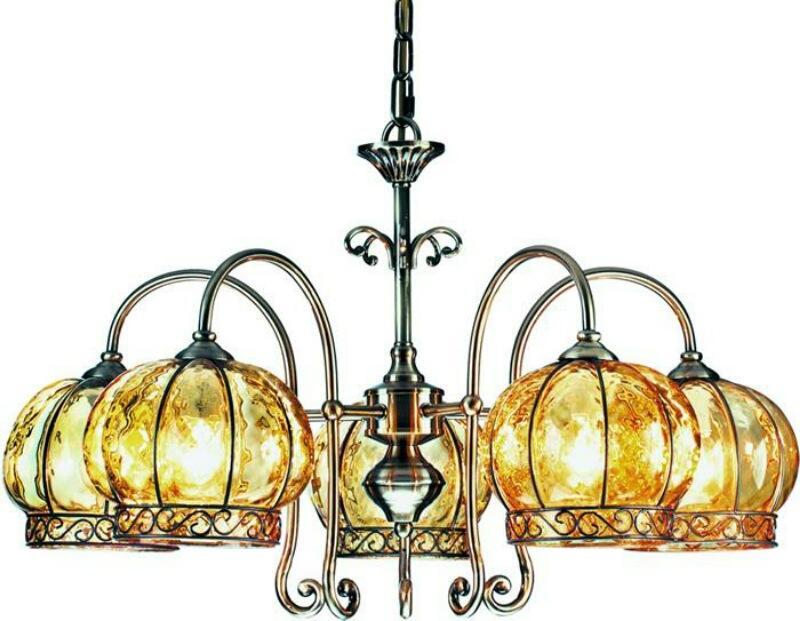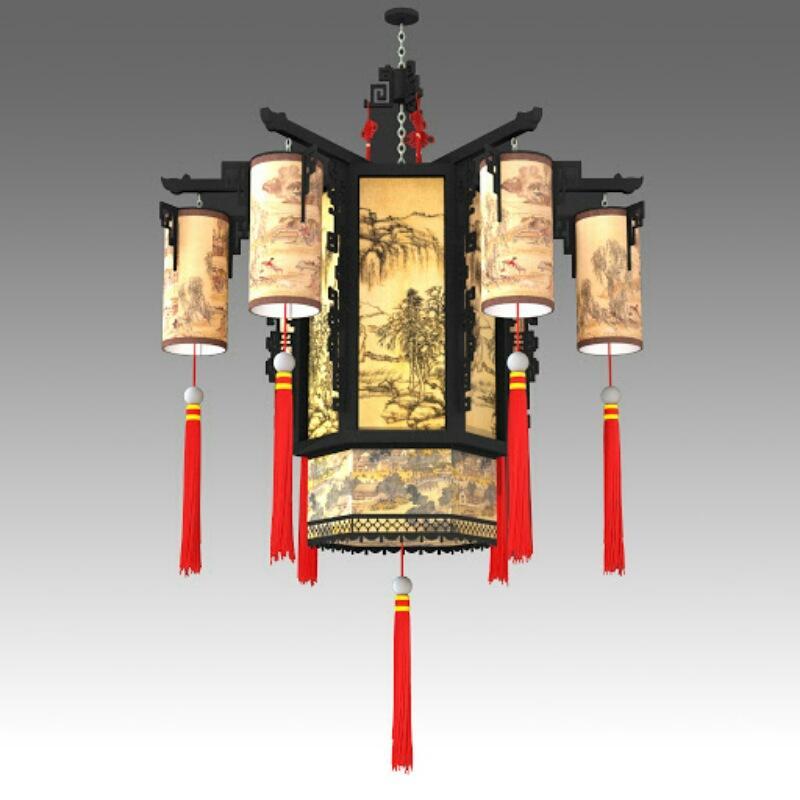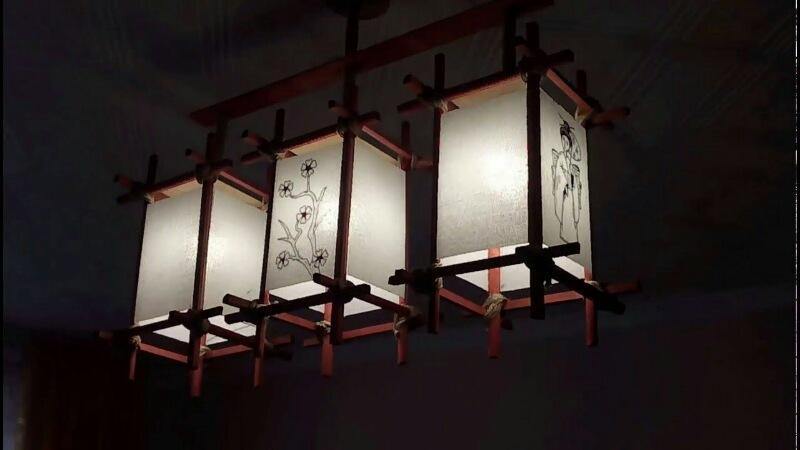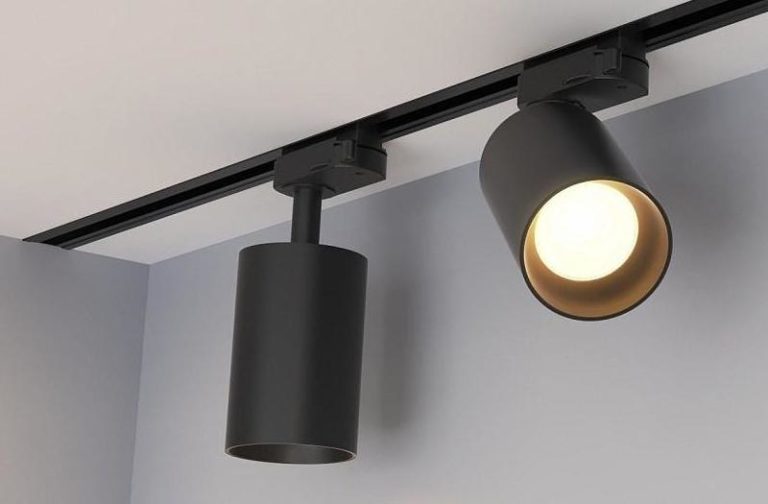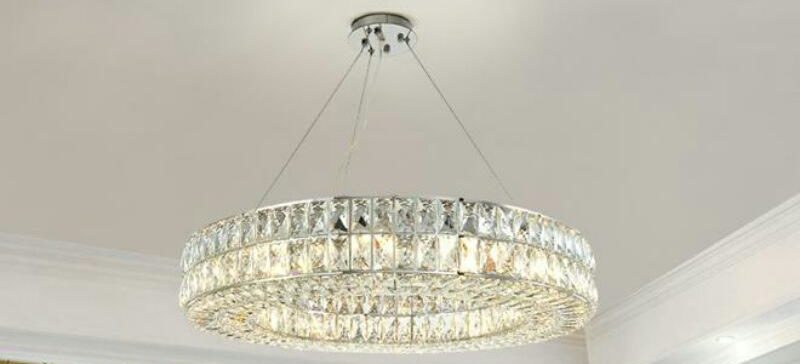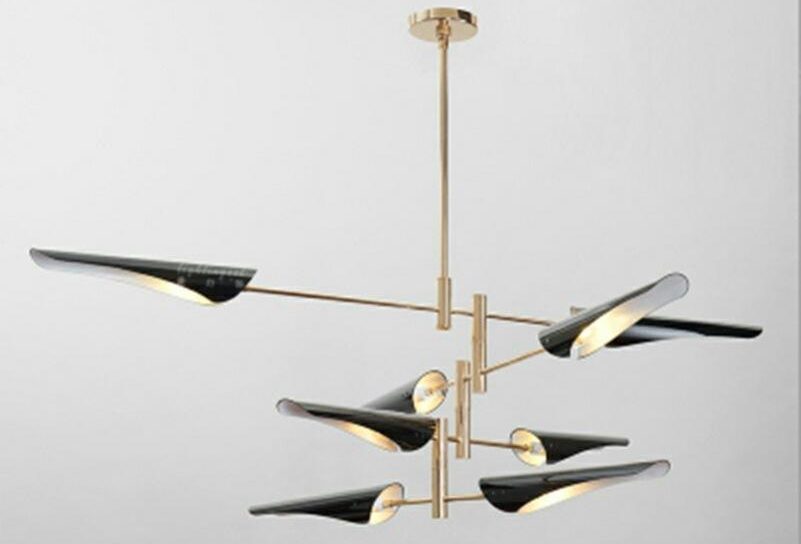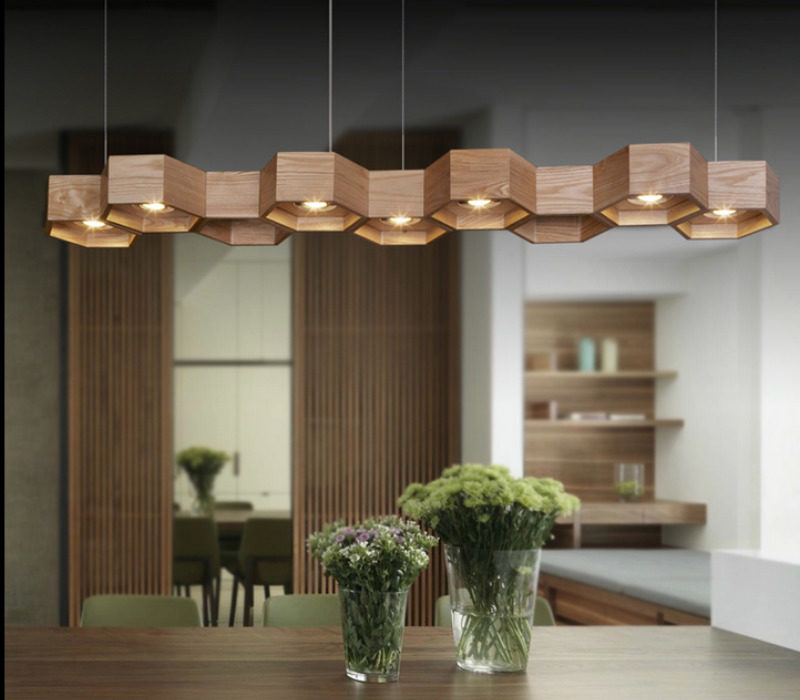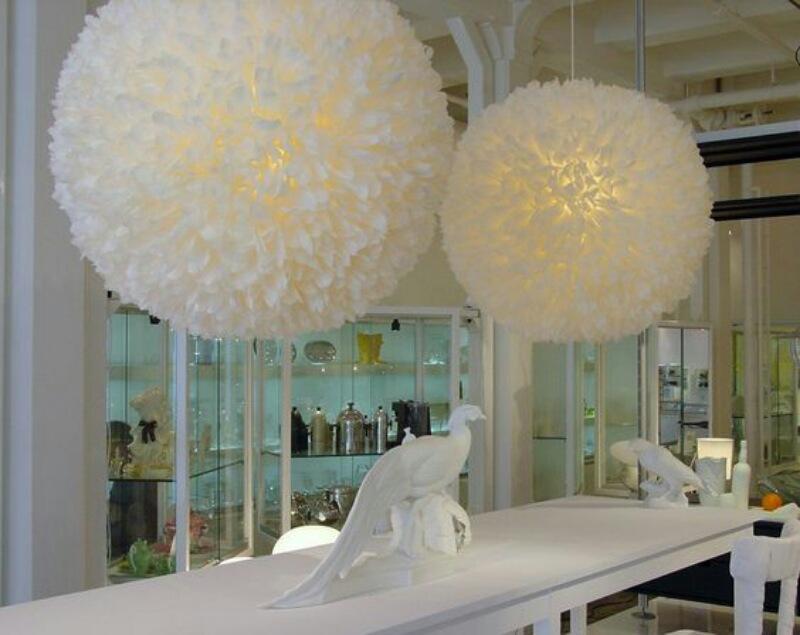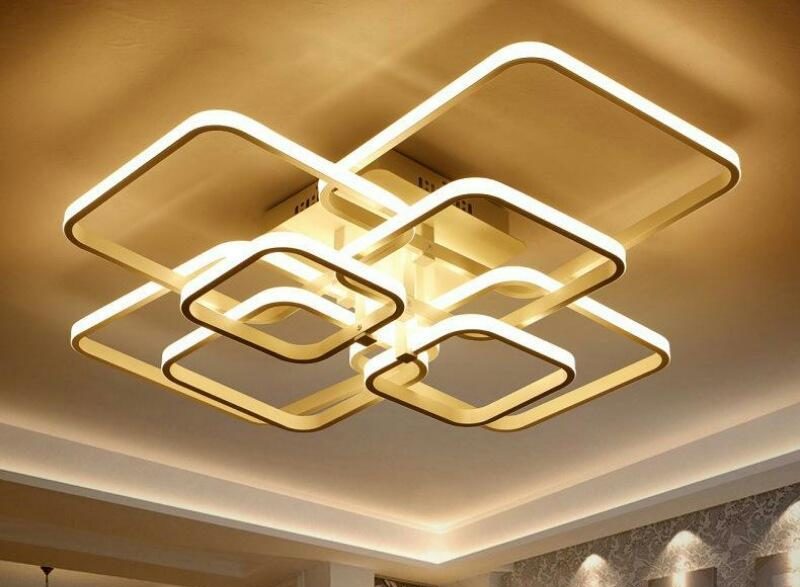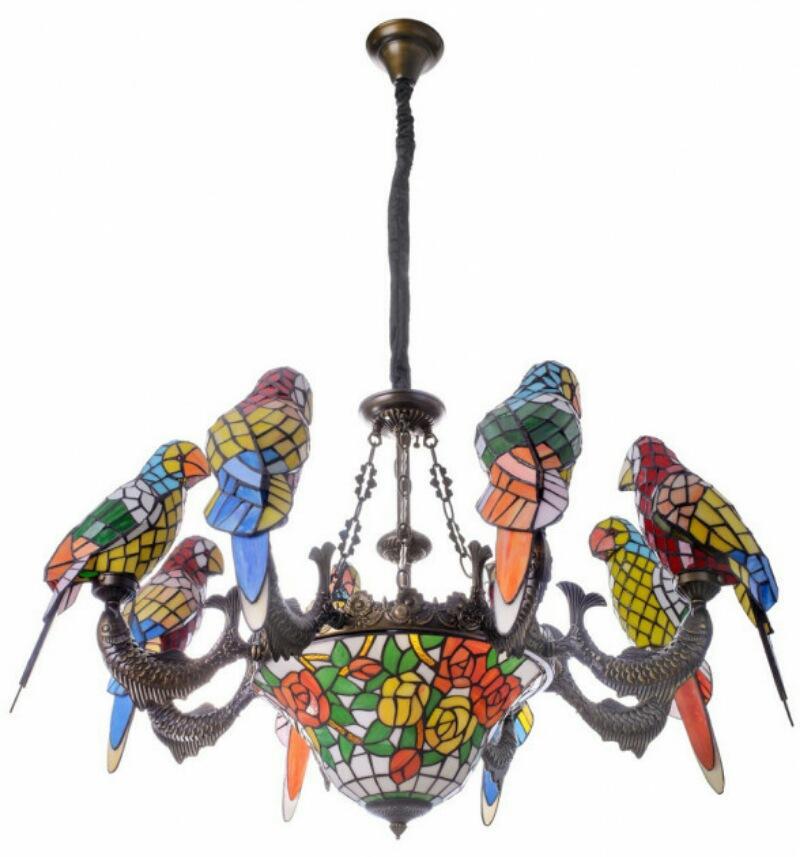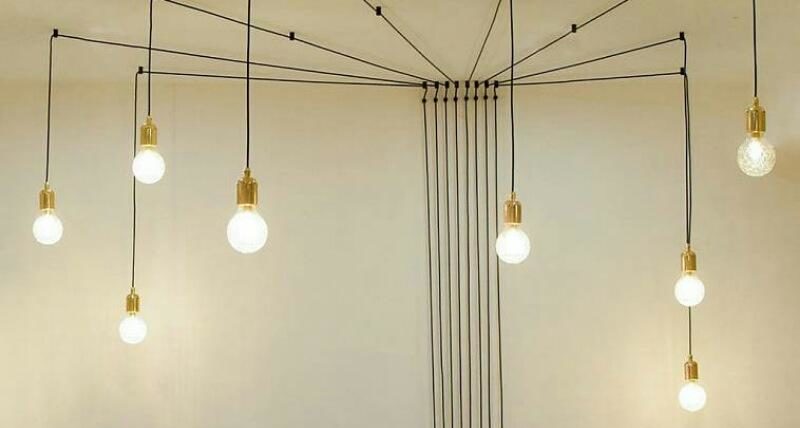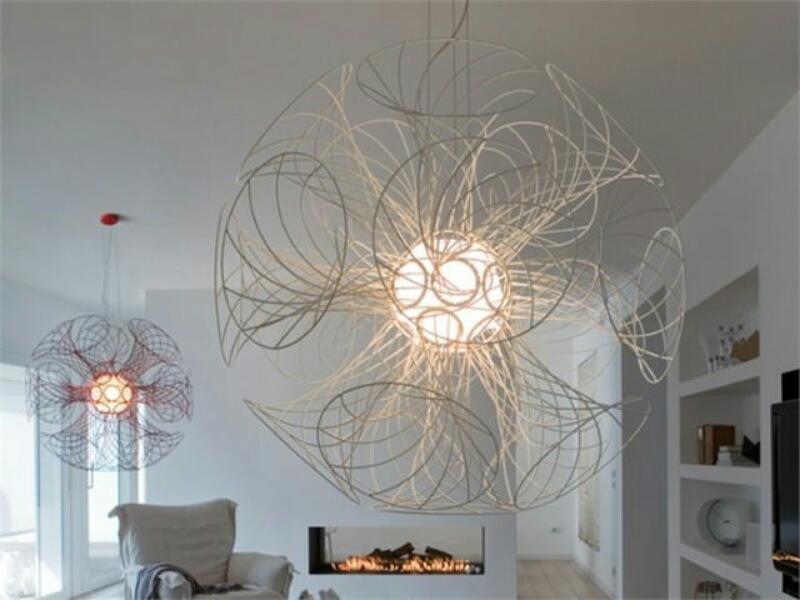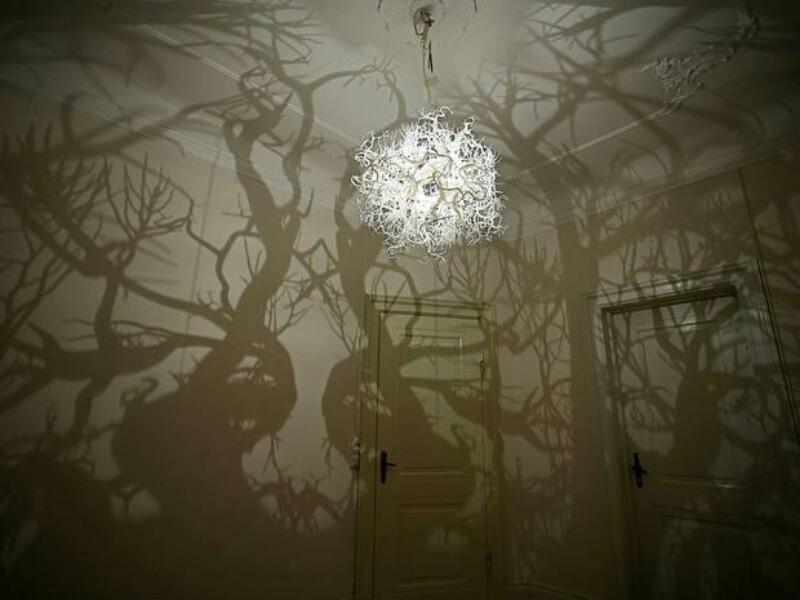Detailed description of chandeliers varieties
Grouping several sources of light into one complex has been a necessity since man learned to illuminate his dwelling with candles and lamps. On a large area, one candle was not enough, which was the reason for the invention of various candelabra - candlesticks for several candles, and placing them higher to the ceiling, it was possible to achieve even dispersion of light. And so appeared the first chandeliers - lighting devices consisting of several candlesticks, lamps, and now electric lamps, attached to the ceiling. And despite the increased demand for spot And despite the increased demand for spot lighting, zonal lighting with neon lamps and LED strips established concept of lighting technology of ancient times, not only have not disappeared, but also began to develop in parallel. The fact is that with a creative and competent approach to the design of housing different types of lights are combined, replacing or complementing each other as necessary.
However, the main types of chandeliers are designed as self-sufficient devices, and combinations are arranged for aesthetic rather than practical reasons. Additional lamps on the middle and lower levels are usually placed inconspicuously, helping to zone the space without contrasting against the background and highlighting the chandelier as a central design object.
Variety of styles
Different types of fixtures and chandeliers are grouped based on external data and all that remains is to install a model that either exactly matches the interior design, or sharply contrasts with it, but coincides in one of the categories: color, texture or material.
Industrial
The style has several subspecies:
- Loft - which most accurately reflects the essence of industrialization. The design is thought out in terms of practicality and conciseness, but with some of the charm inherent in the factories and enterprises of the sixties of the twentieth century in the United States. Rod or rope mounts hold metal reflectors in dark, non-marking colors. A protective grille is sometimes present on the lamp;
- high-tech . - a modern trend with a glimpse into the future. Clear, precise geometry of the fixture is limited by some rationalism. LED or halogen lamps harmonize with chrome, glossy or matt steel and glass fittings. The overall impression is suggestive of spaceships, teleports and other delights of sci-fi blockbusters;
- Art Nouveau - A combination of industrial notes in the form of practical forms and materials, but with some reference to the classic design. Shapes are smoother and more harmonious, the fittings often do not do without crystal and semi-precious stones. Compromise between fantasy of the future and sophistication of the Renaissance;
- minimalism - the name defines the essence of the style. Nothing superfluous, only severity, brevity, expediency. Consistent proportions, minimal materials (steel, plastic, glass) and shapes (circle, square, tablet or pyramid). Nevertheless, when approached creatively, they fit perfectly into the appropriate interior.
The main rule of the style is a combination of environmentalism and minimalism. The fixtures are almost always made of natural-colored wood, sometimes painted in soft, discreet tones. Round or square shades are made of glass or wood with stone inclusion. The lamps mostly hang low down because of the lack of sunlight in the Nordic regions and the need to place the lamp lower, saving on the power of the light source. The brutality of these chandeliers is applicable in interiors with a natural, classic and yet minimalist bias.
Castle
The nobility of medieval castles requires the space of an estate or penthouse, as a massive chandelier made of wood, wrought iron fittings and fittings will look clingy in a cramped apartment room. Wood and iron are artificially aged or covered with paint imitating gold, silver, bronze or copper. With a certain brutality, the design is not devoid of metal or wooden decorative details in the form of weapons, coats of arms, shields. Bulbs in the form of antique candles are placed in blown glass plafonds, and sometimes left without a shell for clarity. Two-tiered, low-hanging designs will suit the living room.
Baroque
Characterized by the word, which in the semantic translation means excess. Tiered, lush chandeliers consist of many curls, bends, small details of precious stones hardware, gilded chains, and crystal pendants, the density of which is sometimes off the charts. It uses combinations of glass, metal, plaster, stone elements painted in contrasting or solid colors.
Empire
Reflects the era of French imperialism during the Napoleon Bonaparte period. Distinguished by pomp and incurable pathos, expressed in heavyweight chandeliers of wrought or cast bronze. There are trimmings of plaster gilded moldings, carved wood, crystal and porcelain plafonds, multicolored beads, pendants painted in the colors of the French flag. Candle-shaped lamps, typical of the period, are most often left open.
Retro
The essence of the style is most successfully expressed in two directions:
- Vintage - reflects the romantic fashion of the thirties, when glass, metal lattice lamps, cone-shaped reflectors hanging on chains or ropes were preferred. Products are made in dark tones contrasting with copper and bronze. Some products reproduce the design of kerosene or gas lamps of the late ninth and early twentieth centuries. The light sources used are the old-fashioned incandescent;
- steampunk - It is a symbiosis of vintage and loft, but with a slope into the fantasy on the theme: "how it would be if the technological development stopped at the time of retro. The models differ from vintage by their pretentious and creative forms with the inclusion of different gears, analog dials, water pipes and mechanisms into the chandelier design. All these decorations bear a hint of possible functionality, which is only to be guessed at. The combination with Edison lamps enhances the fantastic effect.
Art Deco
The clearly limited round or square shape accommodates exotic elements of archaic and antique solutions with some of the opulence of the later Baroque. The varieties of this style of chandelier reflect the geographical factors inherent in the peoples of the Middle Eastern, African and southern European regions.
Ethnic style.
Represents the quintessential character of a particular ethnicity at a particular time period, e.g:
- Indian - A group of lamps are placed in round, motley lampshades of fabric or multicolored glass pendants;
- Moroccan - stained glass lamps are formed from a circular or faceted metal frame into which multicolored glass pendants dominated by yellow, red, green, and blue peacock feather colors are glued;
- African - the most exotic version. The materials used for the fixture and lampshade are the gifts of the African savannah: bones, hides, feathers, stones, bush and reed branches. The glass lampshades are rendered in contrasts of black, red, and yellow;
- British - In its classic form, it is a demonstration of English restraint, conservatism and a sense of superiority, expressed in the use of neat proportions, pastel colors. Lampshades are made, more often than not, of metal covered with fabric or of frosted glass.
Floral
Performed in the classic style chandeliers with a floral bias necessarily have in the design of flowers and leaves.
Rustic style
The design is based on three materials: roughly treated wood, wrought iron, antique fabrics. All elements are artificially aged. Some products are modified household items, such as the wheels from a cart or spinning wheel, clay pots, rockers.
Oriental .
Presented by two directions based on the culture of the Arab and Asian peoples:
- Middle Eastern style - Associated with the Muslim religion of the Arabs. Their lamps symbolize the heavenly lights or the domes of mosques. The Arabs like to demonstrate wealth and luxury in the use of gold with precious stones or their imitations.
- Far Eastern chandeliers - The direct opposite of Arab chandeliers. Chinese lanterns are relatively simple designs made of wire or wood, covered in rice paper with images of hieroglyphs, dragons, birds, plots from Chinese epics. There are almost no other colors in the design except white, black, red and their shades.
Japan
The homeland of the samurai in the design of lighting fixtures does not change the concept. It is an extreme degree of Eastern austerity and conservatism. Japanese chandeliers are usually square or rectangular in shape. Lampshade's body is made of wood or metal, covered with cloth or paper. The color scheme, as in China, is limited to only a few colors, including red, white and black, where white predominates in tones of beige.
Chandelier models
The classification of pendant chandeliers is sometimes directly dependent on the material from which most of the elements of the structure is made. In this regard, some products are called by the prevailing material.
Crystal
Glass itself is not so plastic that it is easy to make small design details. To facilitate this process, additives are added to the composition of silicate or quartz glass: lead, zinc, barium. These substances change the permeability and reflectivity of the surface of the parts, turning ordinary glass into a sparkling product with all its facets. The pinnacle of achievement in this field was Swarovski semiprecious stones, synthetic crystal, which resemble a diamond in the light of bright lamps. Pendant lights made of crystal do not lose relevance, as their design is constantly changing and improving.
Metal
The plasticity of metal is limitless, and its application is limited only by the flight of fancy. Factory fixtures are produced by rolling and stamping. In some cases, if you need models in the Empire or Baroque style, the fixture is cast in molds. Modern steel and aluminum alloys have long since replaced heavy or difficult to process bronze, copper, cast iron, and the color and texture is regulated by various paint coatings, nickel plating, chrome plating, blued. Fashion keeps handcrafted wrought iron pieces made to order by blacksmiths on trend.
Wooden
A comparatively finicky material. Since wood is easily flammable, wooden chandeliers are demanding on the maximum temperature of the lamp. Over time, the bonding sites under the influence of moisture and temperature differences, so wooden chandeliers are not installed in rooms with high humidity. Not every interior will suit such a device. Although in Europe the desire for environmental friendliness is now gaining momentum, but the use of impregnations and lacquers negates the natural safety of wood, and without them the pores quickly become clogged with dust. The choice is justified only when forming the design of the room in a rustic, ethnic or castle style.
Textile and paper
The lightness of such fixtures allows you to save on fasteners, and in terms of style they are quite versatile, but the fabric and paper also have peculiarities. Textile and paper without a special impregnation accumulate moisture and dust, so the fabric has to be washed, and paper wiped with a brush, which leads to their wear and tear.
In addition, the choice of lamps for such lampshades is limited to LED-elements that do not pose a risk to flammable materials. However, the simplicity of the product allows you to make the lamps themselves, experimenting with shape, color, texture.
Fan chandeliers
Luminaire mounted in a non-rotating fan axis. The symbiosis of two devices is designed for rooms with high temperature and humidity, recreation areas, especially in countries with hot climates.
LED .
A find not only for the style of high-tech, but also minimal, and in some cases you can experiment with modern or loft. There are no traditional plafonds, and the shape of the fixture goes in the plane of the LED strip. With a special module, you can control not only the brightness, but also the color of the lamp. The only disadvantage is the difficulty with the replacement of LED ribbons.
Tiffany chandeliers
Modern luminaires made of different colored pieces of glass wrapped in foil and soldered together with tin. The technology is named after its inventor. All models are handmade and exist in a single copy, which increases not only their aesthetic but also the real value.
Spider Chandeliers
Radially spaced bulbs with rods or wires converging at one point. The device is shaped to resemble the body and legs of a spider. The conductors can be in plastic or textile sheaths of different colors. The concept allows you to illuminate a large area evenly, but is only suitable for gothic or industrial style.
Designer Chandeliers.
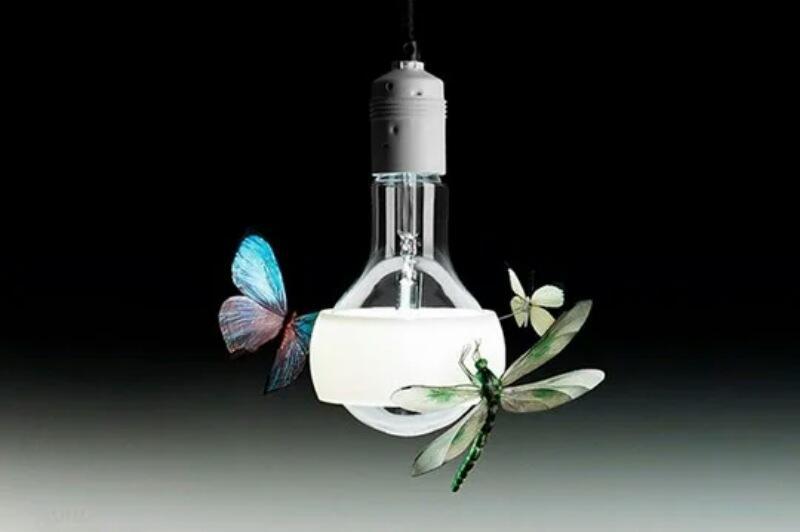
One-of-a-kind pieces that are works of art from renowned designers and studios. Made by hand according to original concepts.
The verbal description of each model can drag on and on, so it is better to see the essence of creativity once, not limited by rigid frameworks and styles.
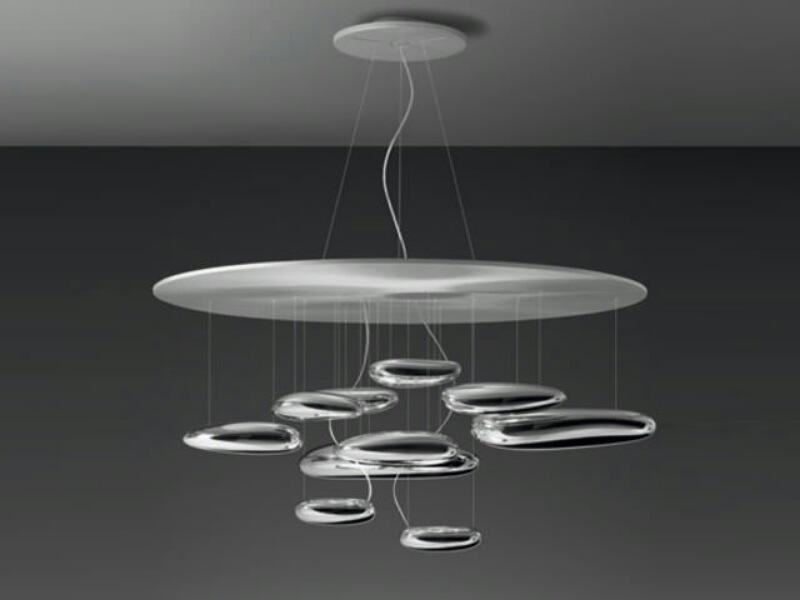
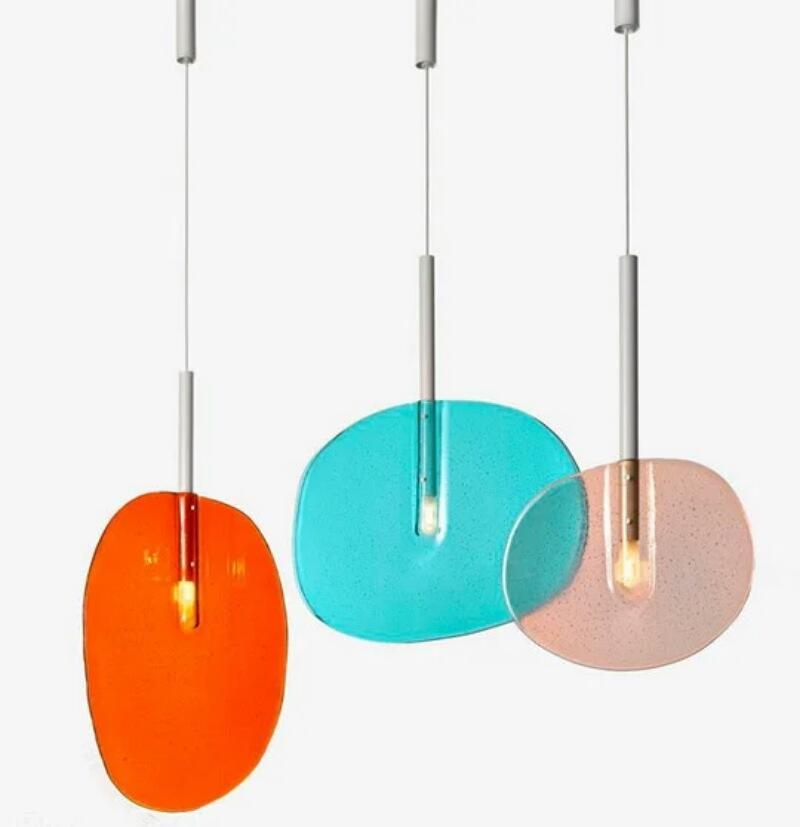
Designers experiment with precious stones, crystals, silk, glass, metal, natural materials and shapes - in general, with everything that has a flight of fancy.
